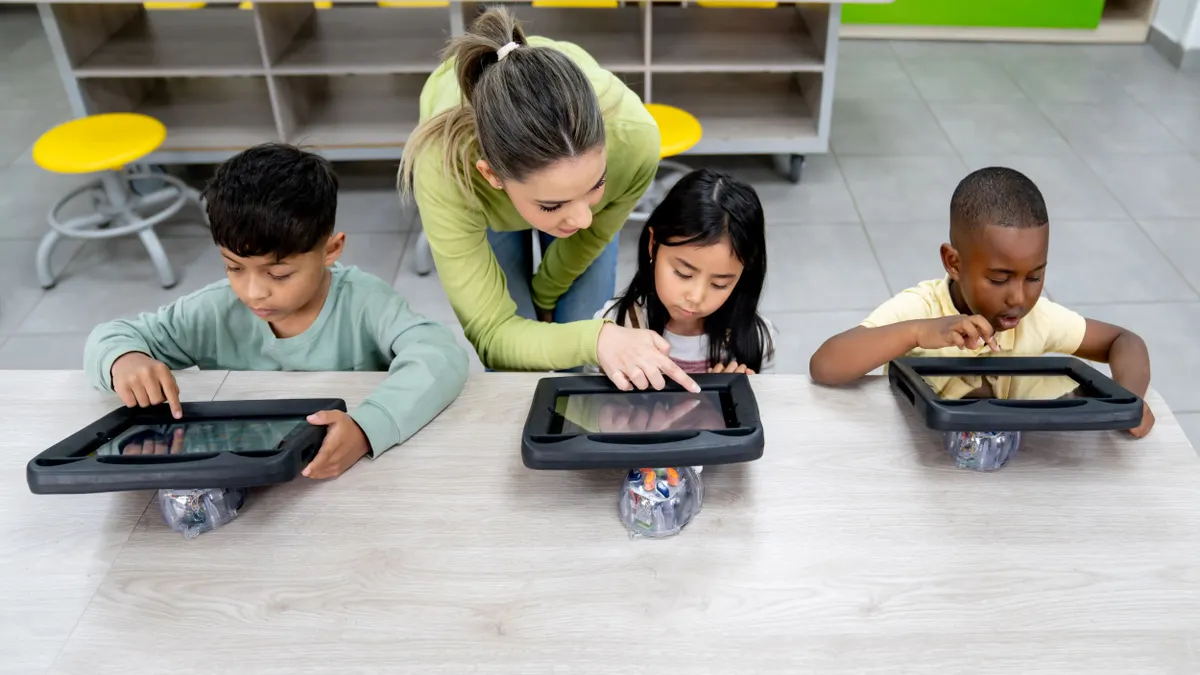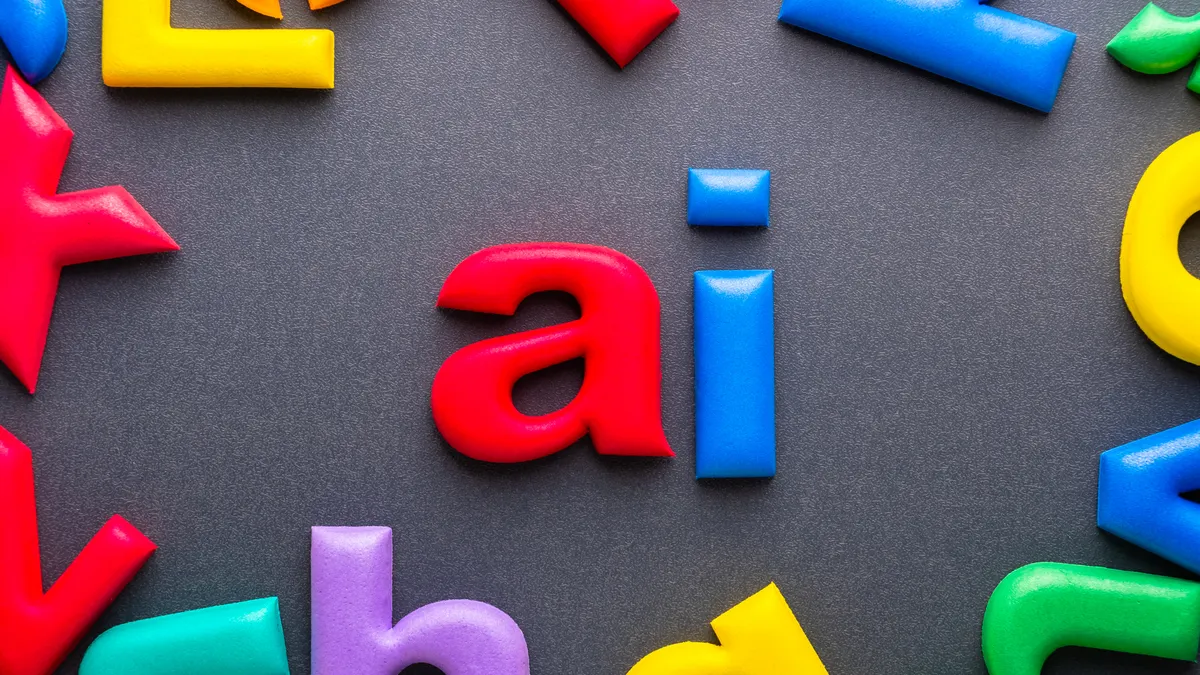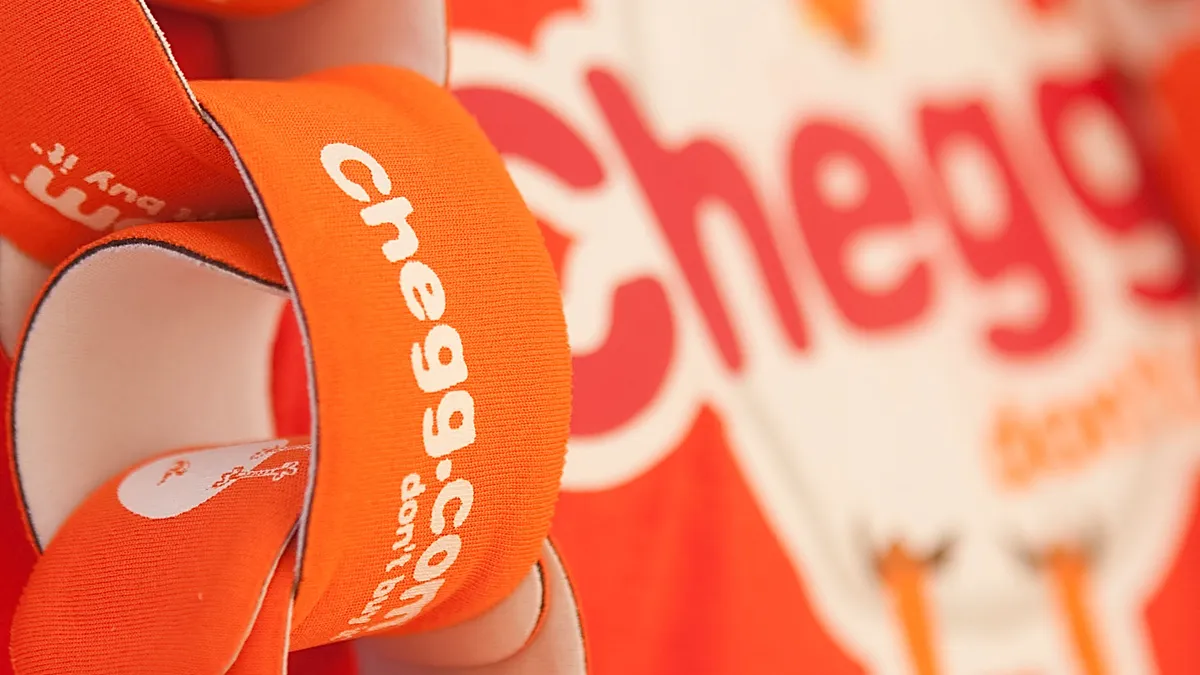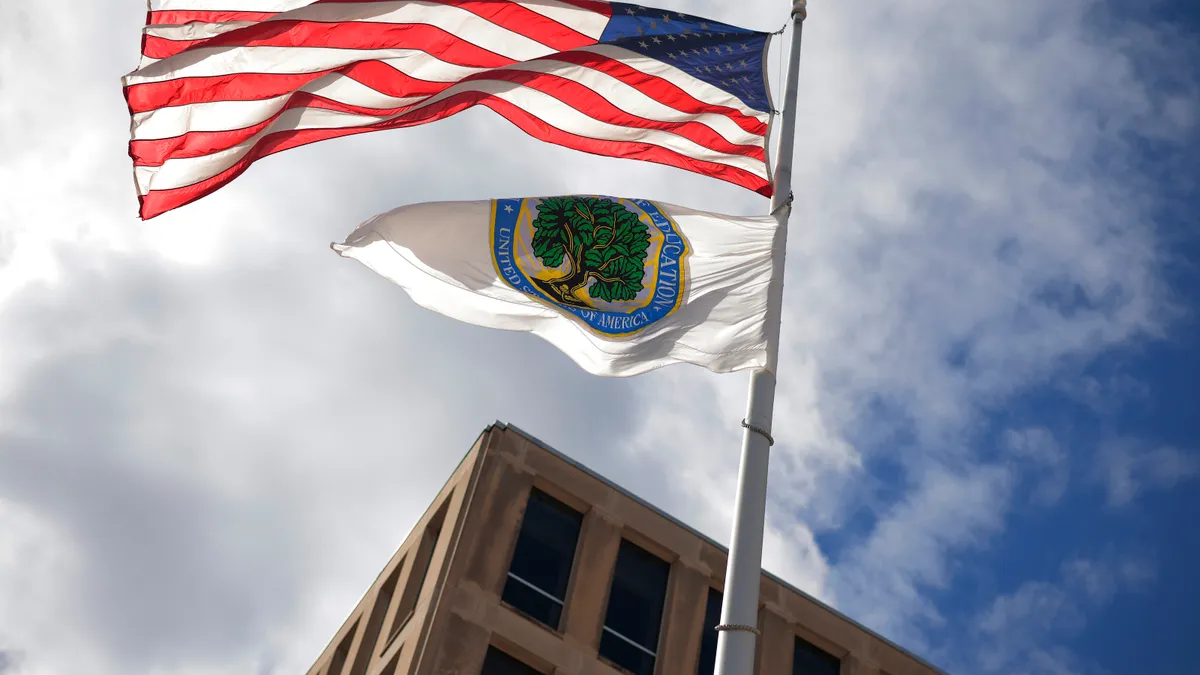When 3rd grade STEM teacher Amanda Roum went to camp this summer, instead of playing games and learning archery, she developed a science curriculum. And after five days at the Arizona Science Center in Phoenix, she took that curriculum, along with the materials she needed, back to her classroom at the Tartesso Elementary School in Buckeye, Arizona — just in time for school to start in August.
“What we learned in five days is exactly what we taught in first six weeks of class,” Roum told Education Dive. “I’ve used the exact lessons and lesson plans I learned that I’ve modified for my group of students.”
Roum attended the center's Science Teacher Residence (STAR) Program, a residency designed to get educators up to speed on STEM subjects and spark their own students' interest as well. Roum was part of STAR's first cohort, which focused on life sciences. The center is planning to have six modules in total, and has almost completed funding for all of them, Beth Nickel, the center's chief learning officer, told Education Dive. It’s professional development that is filling a need.
Year-round support
Providing quality STEM education in K-12 schools is a struggle, noted the 2016 report, “STEM 2026: A Vision for Innovation in STEM Education,” from the U.S. Department of Education (DOE). Yet by 2021, U.S. businesses will be looking to add about 1.6 million people — which will include 945,000 who have basic STEM skills, and 635,000 who have more advanced STEM abilities — according to the DOE’s paper.
“States, districts, and schools struggle to provide all students with the STEM experiences required for the 21st century, regardless of college and career aspirations,” the report said.
STAR may provide a bridge to bring more of these experiences to teachers and students. But the program was not designed as a quick fix — but instead as a guided experience to help educators not just learn about science subjects, but also to get the support to master what they’ve learned over the course of a year.
Besides the five days Roum spent at the center this summer, she, along with other teachers in the program, will meet with mentors at least six times during the year. They’ll also attend two days of industry-based field trips and meeting community organizations and businesses to get real-world experience of their own. The entire program is also free for teachers and districts; STAR even pays for substitute teachers to come to schools during the academic year while teachers are away on their trips.
Between 20 and 25 teachers will be selected for each of the six modules, and the second one on earth sciences starts this September. Groups are kept small enough so teachers feel comfortable “jumping in and taking risks, but big enough so they could also get some good quality discussions,” Nickel said.
Nickel said besides seeding more teachers with science skills, the Arizona Science Center also has a longer view: More science education can lead to more students choosing science as a profession. That, in turn, could help impact Arizona’s economy down the road by bringing a more skilled workforce to the state. However, that all starts with getting teachers comfortable with the material in the first place.
“Science is one of those things that gets shoved to the side,” she said. “We’re trying to fill in the gaps and also act as a resource for brand new teachers or those who may not have strong professional development.”
Project based learning
For Roum, one of the biggest takeaways for Roum was the coaching she received over the summer on how to implement project-based learning (PBL) in her classroom. Roum said she was familiar with the term but hadn't had any formal training, nor the time, to create a successful PBL lesson during her several years of teaching.
“I knew what PBL meant, but never understood the components,” said Roum. “This was the biggest thing. I left with a complete understanding.”
Part of her summer week with the STAR program included time to create a PBL lesson and get feedback. As a result, she now has a complete lesson ready for this school year, when she plans to take her students on a field trip to a local zoo and learn about animal habitats. She'll supplement the trip with video conferences with other zoos and Sea World. Then, students will then create their own habitats, presenting their 3D zoos at their school.
“Sometimes, you go through professional development and say 'This was great, but what do I do with it now,'” said Roum. She added that she felt this experience was different, because she came back with the “materials and confidence, because we went through it ourselves.”






 Dive Awards
Dive Awards













